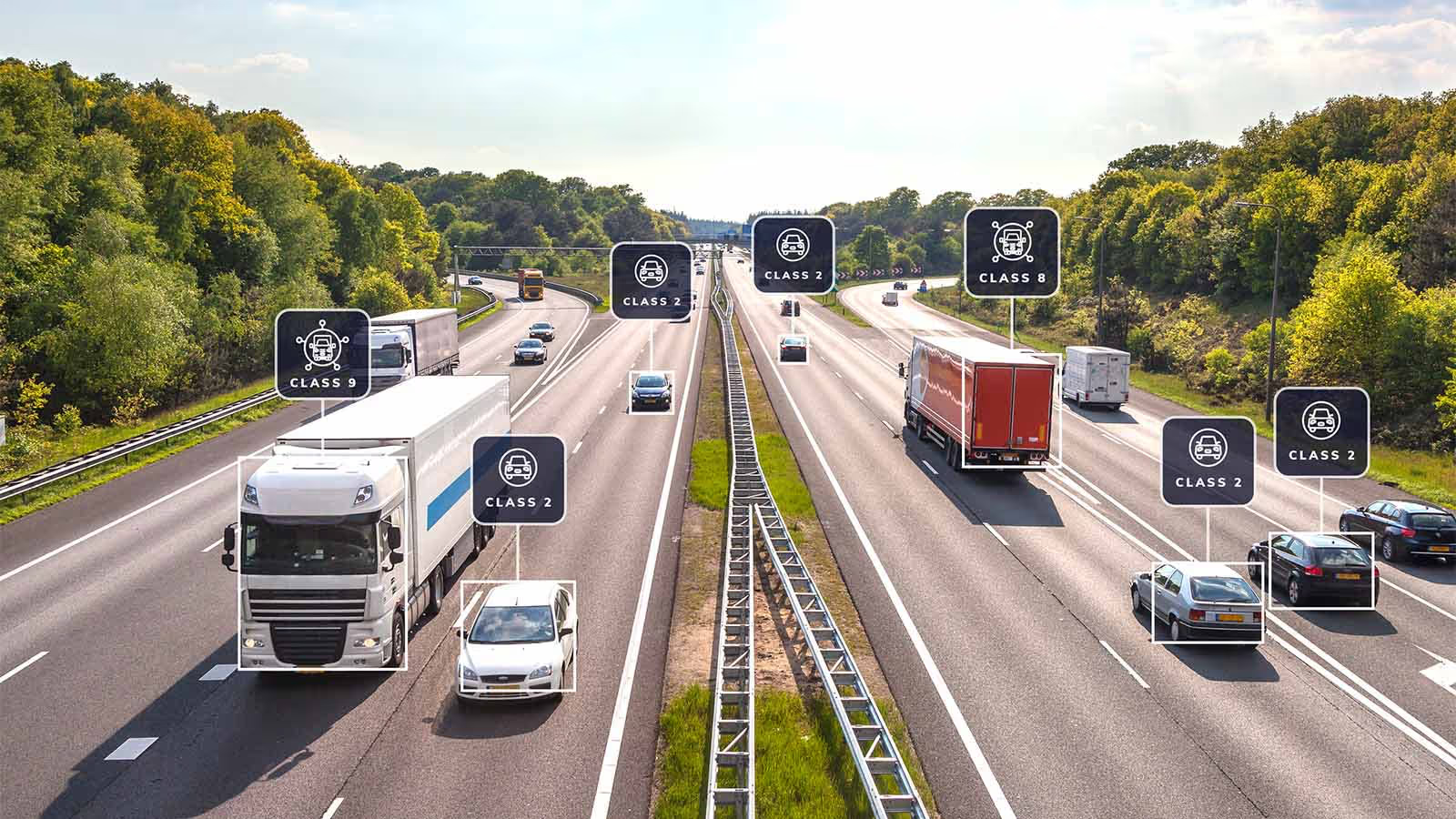July 23, 2025
Updated:
July 23, 2025
From Cooking Fatigue to Data Clarity
For most of my adult life, I’ve carried around this quiet but persistent ambition: to eat better. Healthier meals, more balance, less impulse eating. The kind of grown-up relationship with food that doesn’t involve cereal for dinner or deep dives into delivery apps.
There was just one problem: I hate to cook. And I do mean hate! I don’t want to plan meals. I don’t want to shop for obscure ingredients I’ll use once. I definitely don’t want to learn knife skills or deal with 47 pans. So I would often default to what was easy. Some weeks, that looked like toast-for-dinner energy. Other weeks, it was takeout, a convenient, but not exactly wallet or waistline friendly approach.
Then something shifted. Enter pre-made meal services. No grocery lists, no chopping, no clean-up. Just microwave, eat, and feel like a functioning adult. I’m finally getting the outcome I’ve always wanted — better food choices — without the infrastructure, overhead, or stress of doing it all myself.

And it got me thinking: maybe this is a better way to deliver transportation data.
Transportation Agencies Want Results — Not More Work
Just like my goal isn’t to be a home chef, transportation agencies goals aren’t to own and maintain hardware. Their goal is information — accurate, reliable, consistent traffic data that fuels smarter decisions.
For years, getting that data meant buying, installing, and maintaining hardware: sensors, loop detectors, weigh-in-motion systems, cameras, and more. It meant planning installations, coordinating lane closures, maintaining field devices, and troubleshooting outages. In other words, a whole lot of operational lift just to get to the good stuff — the insights that drive planning, funding, and safety improvements.

But that’s starting to change.
The industry is shifting toward a more efficient, outcome-driven model — one that looks a lot less like buying kitchen appliances and more like getting the ready-made meal you actually needed all along.
Pay for Data, Not Hardware
Imagine this: you subscribe to a service. You log into your preferred platform. And the data is just… there. No figuring out why a sensor is down. No scheduling software upgrades. No combining data from multiple systems. That’s the promise of a Data-as-a-Service (DaaS) model for transportation — a model that delivers trusted traffic data, ready to use, without requiring you to manage the infrastructure behind it.
It’s a powerful change in approach: You invest in results, not hardware.
Whether you're supporting FHWA reporting with 13-bin vehicle classification data or managing real-time operations with speed, volume, and occupancy metrics — the data you need just shows up. Clean, calibrated, and decision ready.

Conclusion
In transportation, just like in life, sometimes the smartest move isn’t to do more. It’s to rethink how we get to the outcome we want. I likely won’t ever master the art of roasting the perfect lemon chicken. But as I have gotten older (and maybe wiser) and new business models have been created, that no longer means I can’t eat well. Maybe transportation agencies no longer have to continually invest time and resources into purchasing and maintaining hardware. They can just get the data that powers mobility, safety, and planning. Sometimes, the better way forward really is simpler, smarter, and a whole lot more efficient.







